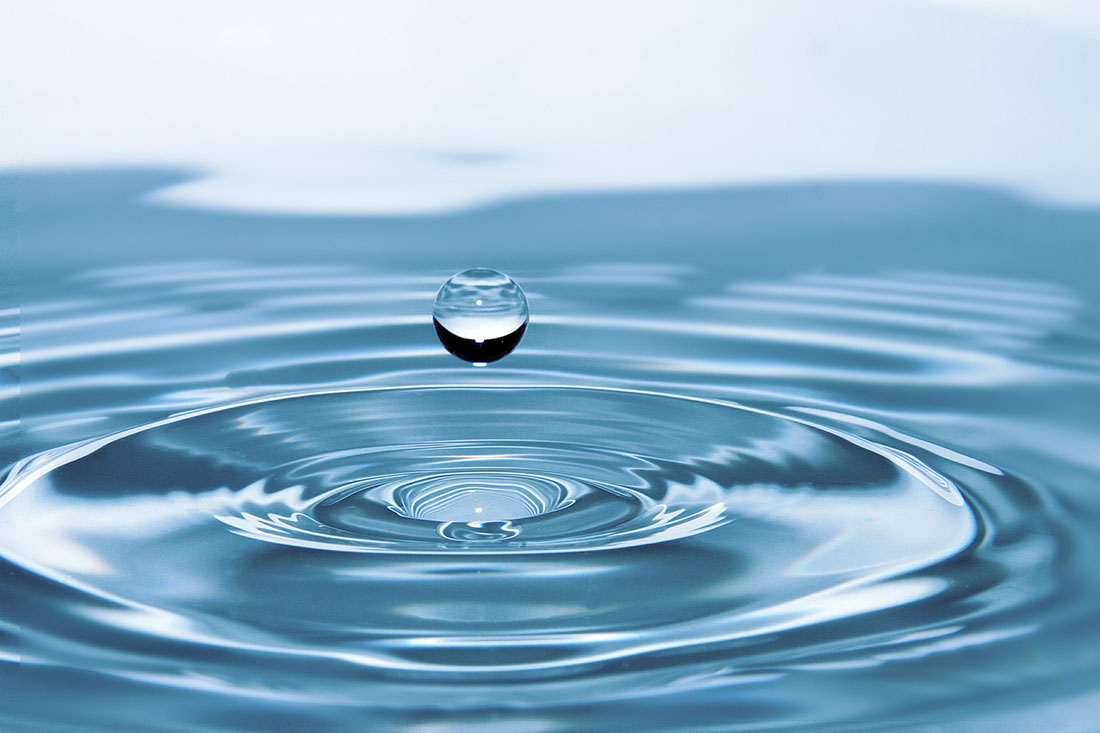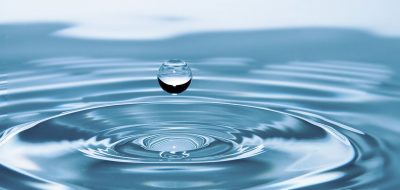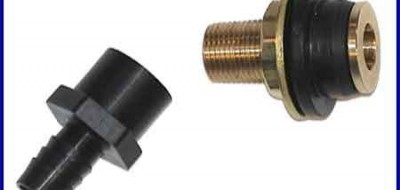Hi, Mark My Words readers! This month, we have lots of questions on water and tank problems, as well as plumbing-related issues. Remember to send your RVing questions to [email protected].

Photo: Escapees
Mark:
My gray water tank pressures up during showers and the water will not drain. It also seems to be pulling a vacuum when draining the tank.
Any suggestions?
Mike
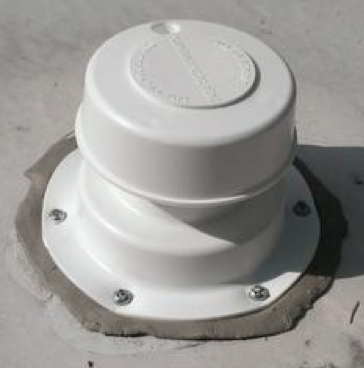
Photo: Mark Nemeth
Hi Mike,
It sounds like the gray water tank vent is blocked. There’s a vent pipe that runs from the tank to the roof of the RV. Go on the roof and have a look at the vent. It should pretty much look like this (right).
Remove the cap and see if something is blocking the pipe. A garden hose can be run down that pipe to flush it out. Just be careful of how much water you’re adding to the tank. If the pipe is open and you’re still having problems, check to see that the pipe comes all the way up into the vent cap.
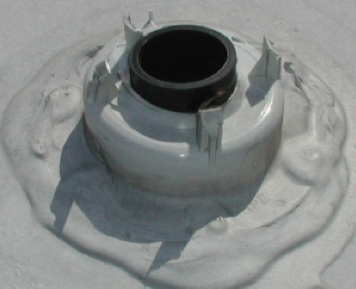
Photo: Mark Nemeth
This one is sticking up a bit (right), but the pipe should be at least flush with the vent fixture. If you can’t see the pipe, then it may have slid down into the tank. Yes, those pipes aren’t usually glued to the tank, they enter through a big rubber grommet. If the pipe isn’t secured properly, it can slide down into the tank and keep the vent from working when there’s some water in the tank. If that has happened, usually you can remove the vent cap and pull the pipe back up where it belongs. A screw can be used to secure it in place.
Hi Mark,
We’ve recently found that we had to use our freshwater tank exclusively for dry camping, as the water source from the campground was not potable. We are new to this style of RVing and would like your thoughts about properly preparing our tank for usage. We will be using this campground every third week for a few days for the next few months, so hopefully you have some recommendations about the following:
- Do you recommend we drain the fresh water tank after returning home and leaving it dry, and the water heater as well?
- Should we sanitize the tank before we go out again, keeping in mind we super-chlorinate every 6 months? We always add the proper chlorine solution to our freshwater tank when filling.
- Do you recommend storing the outside filter in the fridge until the next trip?
Any additional suggestions you may have would be greatly appreciated.
Thank you,
Greg and Jan
Hi Greg and Jan,
With three weeks between trips, you’re kind of on the fence in terms of water quality. Most chlorinated city water can sit in your tank for a few weeks without degrading, but a lot depends on how hot it is where the rig is parked for storage. Heat encourages the loss of residual chlorine in the water and encourages the growth of organisms. I’d say, if it’s cool where you are, then you should be fine letting the water sit. If it’s hot, it’s probably best to drain the tank. And, if it’s hot, it’s probably best to sanitize the tank before each trip. I’m always concerned about my drinking water quality.
Because I RV part-time, years ago I decided to stop drinking the water from my tank. I prefer drinking (and cooking with) bottled water when I’m on the road. My RV sits for months at a time between trips. I never have to worry about water-quality issues with my tank, as I’m only using that water for washing. I always drain my tank when I return home, but I leave the water heater alone. That might be a better option for you, given how you’re RVing right now.
When I use a water filter, I drain the filter and use a short piece of hose to connect inlet and outlet, then store it in a cool space. I never thought of putting it in the fridge, but it sounds like a good idea to me!
Hello Mark,
We started full-time RV life in March. We are still working full-time jobs and have a site at Pellicer Creek Campground in St. Augustine, Florida. My question is: what should I do with my freshwater tank as we sit in this one spot for the next year? Do I fill it? Empty it? Treat it?
Thank you for the very useful information that you contribute.
Kipp
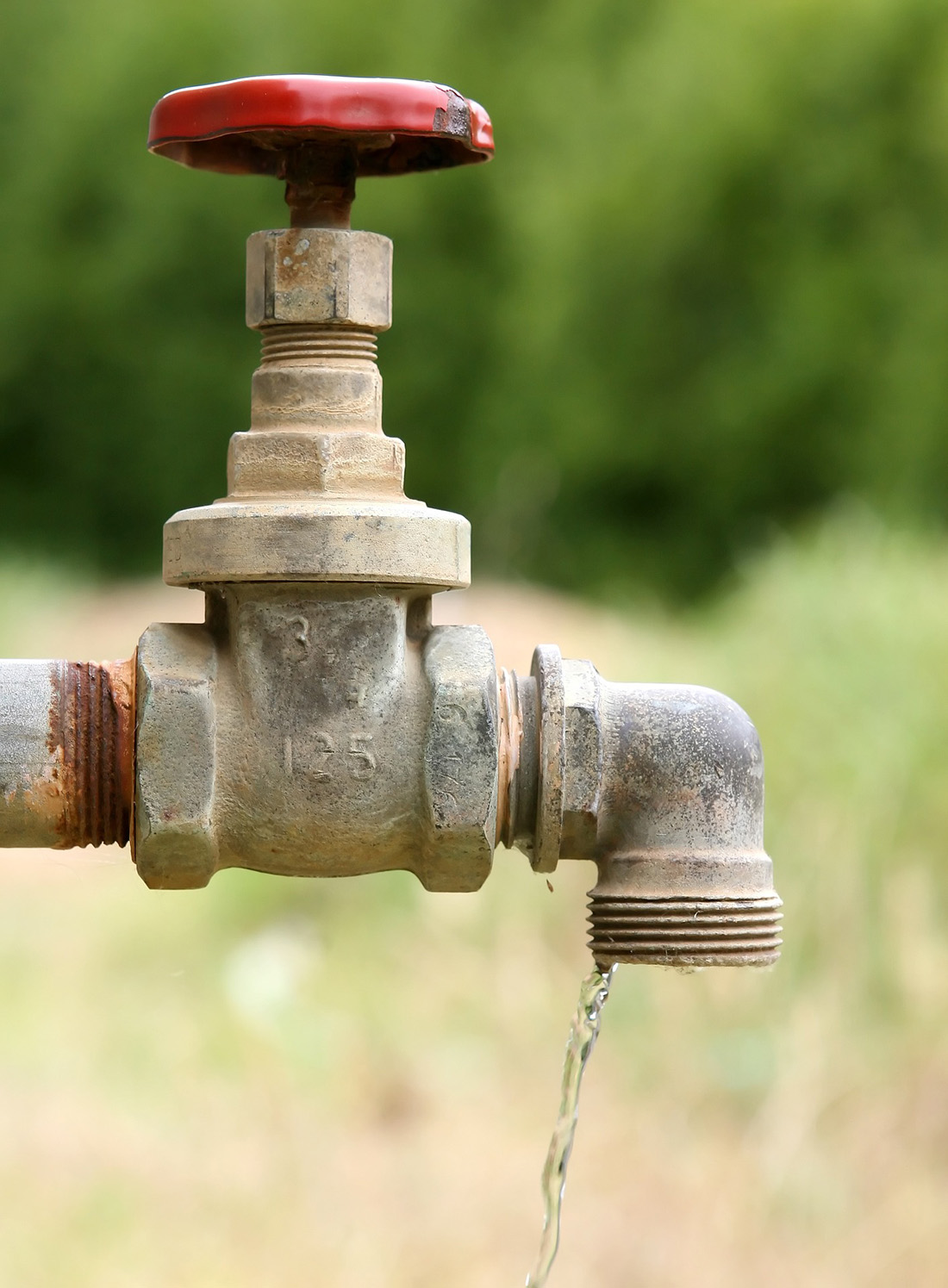
Photo: Robert Owen Wahl
Hi Kipp,
I would put some bleach in the tank, maybe as much as half a cup, and then fill the tank to the top and let it sit for a few hours. Then just drain it and leave it be; it should be fine. You should sanitize the tank before you start using it again.
To sanitize the tank and the freshwater system, follow your RV manufacturer’s instructions or do the following: Prepare a chlorine solution in a 1-gallon jug by adding 1/4-cup of Clorox or Purex household bleach (5% percent sodium hypochlorite solution) for every 15 gallons of tank capacity. Top off the jug with water, and then pour the solution into the tank through the freshwater tank filler. If your rig does not have a water fill on the side and uses a valve, you’ll need to drain your freshwater hose, connect it to the spigot, and then carefully pour the needed amount of bleach for your tank capacity into the hose end.
Then hook up the hose to the city water inlet on the rig, turn the valve to fill the freshwater tank, and turn on the spigot at the pedestal. If everything works right, the water pressure will force the bleach into your freshwater tank. This method is potentially risky from a “bleach spraying around” standpoint, so use it at your own risk. It does work if you do it correctly. Once the bleach solution is in, completely fill the tank with fresh water. Turn on the pump, open each faucet, and let it run until the entire freshwater system is filled with the bleach/water solution. You should be able to smell chlorine strongly at each faucet. Allow it to stand at least four hours; overnight is better. Finally, drain and flush the tank and fresh-water system with potable fresh water.
Mark:
When I drain the black & grey water holding tanks they will very seldom show empty on the tank monitors, I have tried all the probe cleaners sold by the RV dealers but nothing seems to work very well, I was wondering what you could recommend cleaning these probes. The unit is a 2011 Coachmen Concord Class C motorhome.
Thanks,
Jim
Hi Jim,
This problem has plagued RVers for decades. That’s primarily because the typical tank sensor system has not changed much since the 1980s. Most RV tank sensors utilize small metal probes that are in actual contact with the tank contents. Over time, the buildup of *yuck*, or even one errant piece of toilet paper getting hung up on a sensor, will cause false readings. There are wide assortments of tank cleaning concoctions on the shelves of your local RV store and there are dozens of home-brew cleaning ideas out there… some work better than others, but nothing will fix the problem permanently.
I think that the best way to address this common problem is to invest in a replacement tank monitoring system. There are several different ones on the market and they all work without any electrical probes inside the tank. Some systems simply require a sensor or two be placed on the outside of the tank body. The system then reads the level of the contents of the tank through the tank wall. Since the tank contacts never touch the sensors, they tend to be very reliable. Other systems use a pressure sensing method to determine the level in the tank. Here are a few links to some examples of these systems, by no means a complete list:
I-Series: https://www.tankedge.com
SeeLevel: https://www.garnetinstruments.com/rv-shop
SensaTank: http://levelguardproducts.com/marine-rv/rv-multi-tank-monitor.php
I have purchased and installed several of the I-Series (originally sold under the name Accu-Gage) systems for my RVs over the last 15 years and I have personally been very pleased with them. These systems are very accurate and linear and can be installed by the average do-it-yourselfer.
Mark,
I have a slow drain in the kitchen and it backs up into the other sink. What can I use to clear the clog?
Christine
Hi Christine,
I suggest you don’t even bother with the liquid clogged drain clearing products like Drain-o and such: I have never had any of them work for me in an RV. I have found that the most effective way to fix a slow draining sink is to remove the drain pipes and trap under the sink and take them outside to clean and flush out with a garden hose. The drain pipes are plastic and are easy to remove without tools (usually) and easy to reinstall. If the clog is not there, then you have a clog somewhere between the drain connection under the sink and the grey water tank. These kinds of clogs are usually caused by rinsing grease and oils down the sink drain and can be a real hassle to clear. I have had pretty good luck using a hose end adapter and water pressure to flush clogs out of those pipes.
These adapters are often called drain-cleaning bladders or hose bladders. They attach to the end of a garden hose and expand inside a pipe to make a seal, and then the water pressure forces the clog to break up and move on down the pipe. Here’s an example of what I’m referring to: http://www.amazon.com/Cobra-Products-331-Cleaning-Attachment/dp/B000KKRQUM. You can usually find them at hardware stores or home improvement stores in the plumbing department. To use the bladder, you must remove the drain pipes and P-trap under the sink to get access to the main drain pipe. Inserting the bladder into that pipe and applying water pressure should clear the clog. Good luck, and don’t sue me if it backfires and you get soaked! LOL! To prevent a clog from reoccurring, never rinse any kind of oil or grease down the drain in your RV. That stuff clogs up your pipes like cholesterol in an artery!

